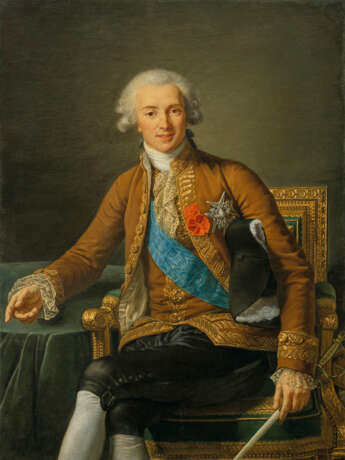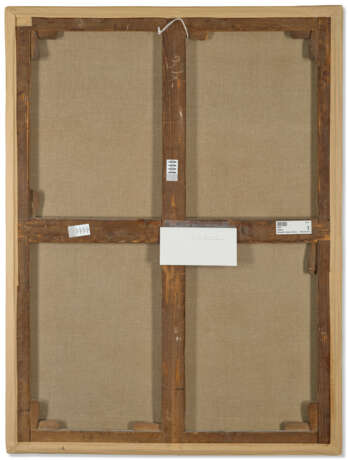ID 761429
Los 232 | ÉLISABETH LOUISE VIGÉE LE BRUN (PARIS 1755-1842)
Schätzwert
€ 250 000 – 350 000
| Angewandte Technik: | Öl auf Leinwand |
|---|---|
| Kunst Stil: | Alte Meister |
| Genre: | Porträt |
| Herkunftsort: | Westeuropa, Frankreich, Europa |
| Kategorie des Auktionshauses: | Gemälde |
| Angewandte Technik: | Öl auf Leinwand |
|---|---|
| Kunst Stil: | Alte Meister |
| Genre: | Porträt |
| Herkunftsort: | Westeuropa, Frankreich, Europa |
| Kategorie des Auktionshauses: | Gemälde |
| Adresse der Versteigerung |
CHRISTIE'S 9 Avenue Matignon 75008 Paris Frankreich | ||||||||||||||
|---|---|---|---|---|---|---|---|---|---|---|---|---|---|---|---|
| Vorschau |
| ||||||||||||||
| Telefon | +33 (0)1 40 76 85 85 | ||||||||||||||
| Fax | +33 (0)1 40 76 85 86 | ||||||||||||||
| Nutzungsbedingungen | Nutzungsbedingungen | ||||||||||||||
| Versand |
Postdienst Kurierdienst Selbstabholung | ||||||||||||||
| Zahlungsarten |
Banküberweisung | ||||||||||||||
| Geschäftszeiten | Geschäftszeiten
|





